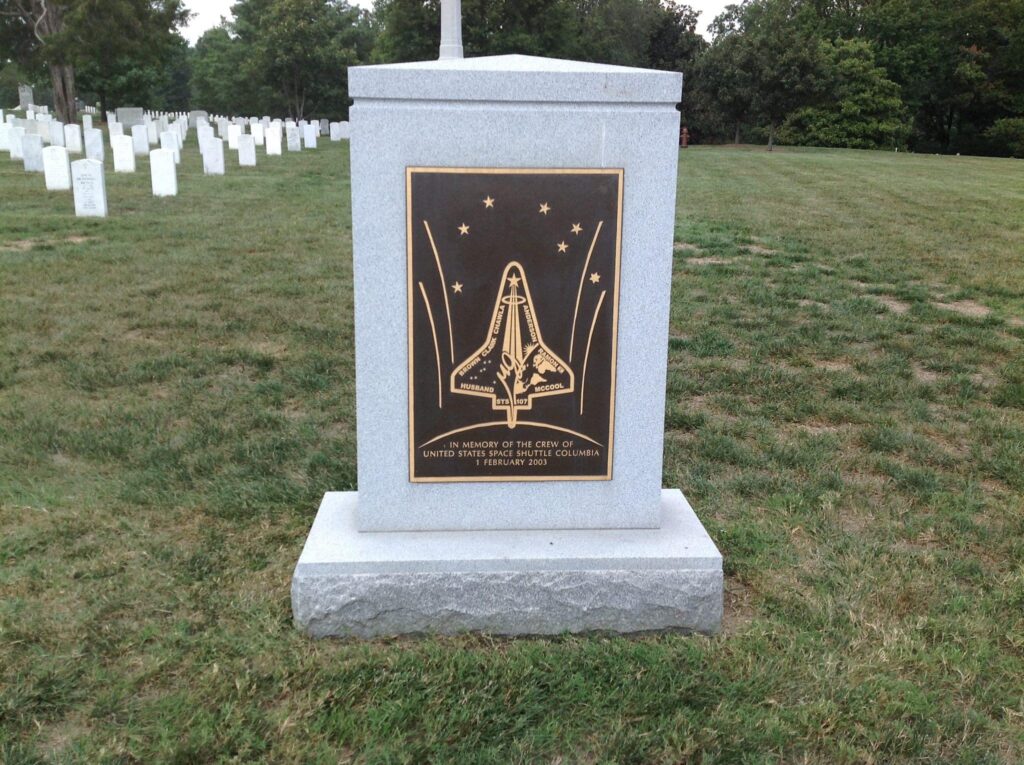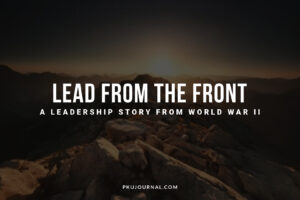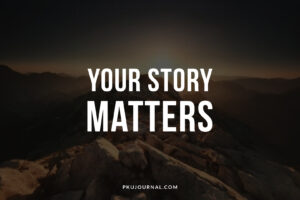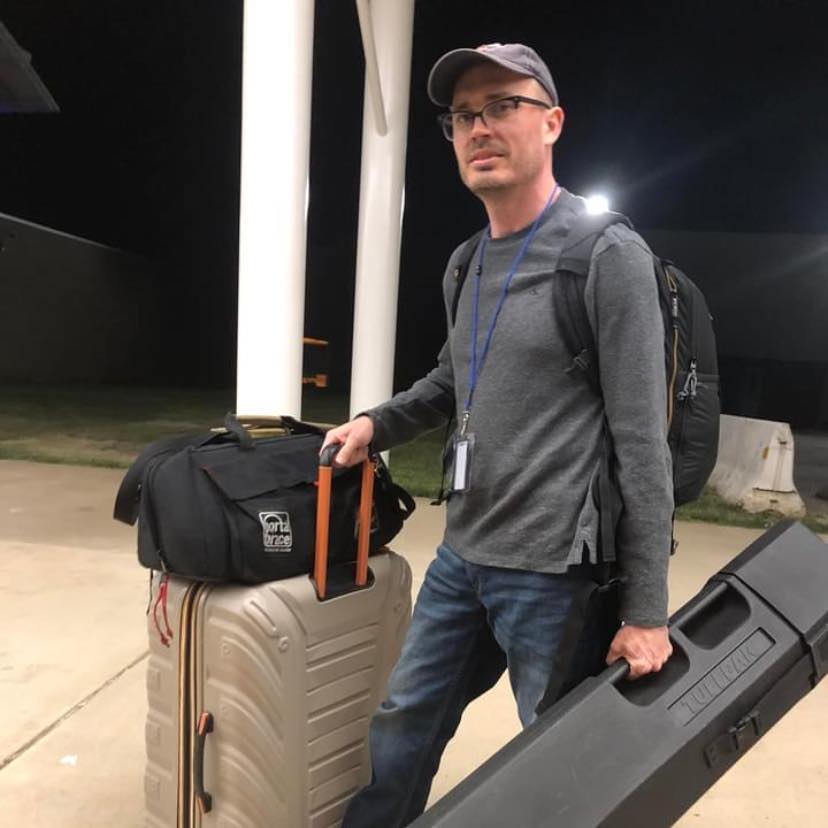As a storyteller reflecting on a national tragedy, I share a personal journey of growth in my podcast episode “The Power of Small Decisions.” Join me as I recount a pivotal day in my career and the lasting effects it had on my life and advocacy work. This story originally appeared on this blog in an article called “Remembering Space Shuttle Columbia”.
The Power of Small Decisions
Who you are now is not all you will ever be. We grow, evolve, change.
Some change occurs instantly. A dramatic event that forever alters the course of your life. And some change is gradual. A result of small actions taken daily that over time turn you into a different person.
I’m not the same person I used to be. That’s partly because of dramatic experiences I’ve endured—traumas that I’ve shared with you already. But it’s also because of small decisions I’ve made in the mundane day to day experience that is… life.
Today I’m going to tell you a story, a story that involves both a dramatic experience and a small decision that changed me forever. This is a true story, one I’ve shared on my blog and wanted to produce for this podcast for a while. It didn’t seem to fit with the themes I explored in season one, so I held on to it.
But this week seemed like a good time to share it. Because it happened 21 years ago this week.
I speak a lot about mental health. I’ve shared about my metabolic disorder, Phenylketonuria or PKU. And I’ve shared stories to encourage and inspire you in your rare disease journey. After all, this is a podcast about life from a rare disease perspective.
And Rare Disease Day is coming soon—a day when we all come together, no matter what rare disease affects us and know that we are one community, that our stories matter, and that collectively we speak with one voice. And it is powerful.
But today, I’m thinking about life. This story isn’t directly related to the rare disease life, but sometimes I like to tell you stories that I’ve either witnessed or personally experienced so that you might reflect on your life. And perhaps even relate some of the principles I discuss to your rare disease journey.
It’s about how we often can’t appreciate what we are going through until many years later.
Today, I’m remembering a major news story that I covered and how actions I took that day had a trickle effect. I don’t know if I would be doing what I’m doing today, both in storytelling and rare disease advocacy, if I had made different choices that day. I shared my experiences working in broadcast journalism on this podcast in Season One, Episode One. It was called Regaining Hope: My Journey to Rare Disease Advocacy. But that story covered events that happened over the course of about 20 years. This story is about events that happened in a single day.
I’m talking about February 1st, 2003.
It was a Saturday morning and I was getting ready for work. I was a TV photojournalist at KTAL-TV—our local NBC affiliate here in Shreveport, Louisiana.
Being the weekend photojournalist meant I was at the bottom rung of seniority. But if it was a slow news day, then I knew the first couple of hours at work would be laid back.
I pulled double duty. Besides going out to film news, if I was at the station I was sitting at the assignment desk, listening to the emergency scanners and reading press releases to see if anything would be happening that day. But that morning, before I could even leave my apartment, I got a call from the news director. He was at the station, which means something big was happening.
Space Shuttle Columbia reentered the Earth’s atmosphere about 30 minutes prior to our phone call and broke apart over our viewing area.
Our region is known locally as the Ark-La-Tex, and encompasses parts of East Texas, Southwest Arkansas and Northwest Louisiana. The shuttle broke up over East Texas, and we were right in the middle of the story. The news director called me in about an hour before my shift began so that a reporter and I could get on the road.
As soon as I heard the news my mind went back to one winter morning, 17 years earlier. I was five years old. My entire elementary school was gathered in the gymnasium, sprawled out on sleeping bags, eagerly anticipating the launch of the Space Shuttle Challenger. But the spirit of celebration quickly turned to shock, grief and panic as we watched it explode live on national TV. That was a moment early in my childhood when I was first confronted with the idea of death.
And now, 17 years later, I wasn’t a child watching this story unfold. I was early in my career as a storyteller, an adult who had a responsibility to turn a story about this national tragedy and put it on TV.
Debris fell here in Shreveport, but we knew that the bulk of it would be to the southwest. We didn’t know the best place to go, though. It had barely been an hour since the disaster unfolded.
And remember that this was in 2003. We couldn’t get news on X, formerly known as Twitter, see a story or reel on Instagram, or get updates on Facebook. All we could do was start driving toward the debris, or at least where we thought it would be.
We had a choice—either go to Nacogdoches, Texas, or Toledo Bend Reservoir, about an hour south of us in Louisiana. We were getting early reports of debris in both locations. We chose Toledo Bend.
That was a mistake. But we did our best with the info we had at the time.
We had about an hour in the car to reflect and talk. Those were the days when photojournalists and reporters worked as a team to turn a story. And you would spend a lot of time together in the car. So you got to know each other pretty well.
The reporter I was with that day, Sean, was also a news anchor for the 5, 6 and 10 PM newscasts. He was a consummate professional with a reputation as a serious journalist. We got along well.
I don’t remember our conversations that day, but I’m sure we would have been reflecting on what it meant to us personally. He was only a few years older than me, so we were both kids when the Challenger exploded. And that event certainly hovered in the background all day.
But without a doubt we were amped up as well. I don’t mean that we were happy about it. Of course not. But our adrenaline was pumping… hard.
There’s a rush you get when you’re chasing breaking news, and that’s just on regular, everyday stories. This was the biggest story in the world that day, and we were right in the middle of it.
It would take time for the national media to send their satellite trucks and news crews. That’s when local TV news crews are essential.
We stopped at a gas station in Mansfield, Louisiana. It’s not too far from Toledo Bend. We grabbed a few interviews with the locals, almost all of whom heard and felt the sonic boom. All I could think about was what it must have been like for those astronauts in their final moments.
One problem with being a storyteller—I have a vivid imagination. It’s an asset on most days, but a liability on days like this.
But mostly our story was uneventful. Yes, people had heard it, but I don’t recall anyone seeing anything. And we didn’t see any debris. The best we could do was shoot what I call “wallpaper footage”—shoot footage of the area around Toledo Bend just to cover the story.
But it wasn’t dramatic footage. As a TV photojournalist, you always want to get the best footage possible. I hadn’t seen it yet, but I knew that a photojournalist at WFAA in Dallas had been filming as the shuttle broke apart. I wanted to see some debris and film it just to feel like we were doing our part in documenting the day.
But that didn’t happen.
We soon learned that all of the real activity was happening in Nacogdoches, Texas, where we almost went instead of Toledo Bend. So we filmed enough to turn a story, but knew it wasn’t spectacular.
You have days like that sometimes, but the professional storyteller in me was upset that it happened with the biggest story in the world that day.
At the time, we didn’t have the ability to edit in the field. Again, this was a different time. This was long before you could record to a memory card, edit on a laptop, and transfer the files quickly. We were shooting on tape editing tape to tape. If we had a mobile editing desk, we could have edited in the field.
Also, this was long before you could use your phone to go live on social media. Our only option in the news business at the time was a live truck. Our station didn’t have a satellite truck which would allow us to go live from anywhere. It was also too far to get a live shot with a standard live truck—a truck with a 50 foot mast that rises into the air, sending the signal back to the station’s tower.
You had to be relatively close to get a live shot with one of those trucks. And we were out pretty far. So we drove back to the station to edit our story.
And it was then—after the adrenaline had worn off and we were casually putting together our story—that a decision I made, one simple decision, changed my life forever.
I should take a step back here for a minute and talk about how I was doing with my rare disease at the time. In short, I wasn’t doing that great with my PKU treatment.
I wasn’t completely off the low protein diet, but I was eating a basic vegetarian diet without tracking what I ate or drinking my PKU medical drink.
I had been told as a child that one day I might be able to go off the PKU diet. My generation was the last who was told that it was okay to go off the diet when you reached a certain age. They thought the brain was fully developed enough that the amino acid phenylalanine, which is toxic to us, wouldn’t have a detrimental effect on the brain anymore.
In my case, I was told that I might be able to do that when I became an adult, but I never got final confirmation from my clinic. And even though I had not been to a clinic visit in a few years, I decided not to go off diet—at least, not completely.
For a few years, I wasn’t strict about my diet. I didn’t eat whatever I wanted, but I didn’t track everything I ate. I didn’t drink my PKU medical drink and was generally too relaxed with the diet.
And there were consequences.
First, I was exhausted. All of the time.
At this point in my TV news career, I worked Thursday through Sunday. On Thursday and Friday, I worked nightside from 1:30 to 10:30 PM. On Saturday and Sunday, I worked all day: 9:30 AM to 10:30 PM. Those days were a grind, and being a TV photojournalist is one part creative work, one part manual labor. So I was wiped at the end of the weekend. I was also a full time college student, so I didn’t have a day off… ever.
I was also depressed. By this point, I had only been in news for a year and a half, but had already seen and covered some horrific stories. And being the lowest in seniority on the photojournalism staff, I didn’t know what was in store for my career—how long I would have to work a rough schedule, and if there was any opportunity for advancement.
I had stumbled into being a TV photojournalist. I had planned to be a filmmaker, but because of my relaxed PKU diet, my high phenylalanine, or PHE levels, and now the emotional stress of working in the field—hardly ever seeing my wife and the rest of my family—I felt adrift in life.
Like I was living someone else’s life, just tagging along for the ride while someone else was in control.
So I didn’t have much drive or ambition in my career. I did what was expected of me and tried to do the best I could, but I didn’t push myself to grow in my craft.
Normally, at that period of time in local broadcasting, a photojournalist would work with a reporter to turn a story. One team member was responsible for the technical and creative demands of shooting the story, while the other would focus on reporting. And then, whether back at the station or in a live truck, the reporter would write the story and record their voiceover and the photojournalist would edit.
But at that station we didn’t have a large photojournalism staff, so we’d come back to the station and the reporter would edit while we photojournalists were sent right out the door again on another assignment. So, a year and a half into working in news, I had never edited my own story, or “package”. That’s a foundational skill in that industry and I had not developed it.
Honestly, at the time, I was scared. Could I handle the pressure of editing a story under a tight deadline? It’s common to have less than an hour to edit a news story, and that’s not a lot of time. And if you’ve ever seen an old movie where someone runs into the control room at the last minute with a tape that needs to air, that’s not made up. It happened all the time. I once got a tape in about 15 seconds before it hit the air, after only having 20 minutes to edit.
And what if I used a shot that wasn’t approved to air? Like something that was too graphic and management didn’t clear it, but I didn’t get the memo.
Or what if I needed to use my own best judgment and got it wrong?
These issues are second nature to me now, but I was 22 years old, still new in my career, and unsure of myself. I was timid and didn’t want to take the risk of pushing myself, trying something new, or worst of all, failing publicly in front of a potential audience of half a million people.
So when we returned to the station that day, I was nervous when Sean asked me if I wanted to edit.
We realized soon after we returned that all of the focus was on Nacogdoches. So all we had to do was finish up our story, and we had a few hours to get it done. We were in for an unusually slow-paced afternoon with plenty of time to edit.
Sean helped me, and the first full news story I ever edited was a story I shot about the Columbia Shuttle Disaster.
But what if I had said, “No thanks?” What if I had not pushed myself and edited that story?
Later that year, I moved to another station and a required skill was editing my own stories. I was able to say, “Yes”, and show them the Columbia story on my demo reel.
Since then, I’ve held many roles: TV Photojournalist, Satellite Truck Operator, Marketing Coordinator, Freelance Business Owner, and now, Senior Editor and Videographer at a local commercial production company.
I wonder how my life would be different had I not taken a risk and learned to edit my story that day. I certainly wouldn’t be able to produce all of the PKU and newborn screening content that I’ve created since 2011.
It may seem like a small thing, but years later I can look back on this and realize one small, simple decision to do something that made me uncomfortable changed my life forever.
I’m releasing this just a few days before the anniversary of the Columbia Shuttle Disaster, but it takes me a while to work on these stories. Which means I was rewriting and thinking about all of this over the holidays.
It’s a weird thing for me to be talking about my professional development in conjunction with a national tragedy, but that’s the nature of the industry I’ve worked in. You have a lot of unforgettable experiences. And, with some stories, you see a lot that you can never put on TV—and never forget.
I don’t have nightmares anymore, but I rarely sleep straight through the night. It’s the result of living with chronic anxiety. To this day, I still feel like I’ll get called out at a moment’s notice to cover a tragedy. And it’s always the worst at night thanks to the on call schedule I used to have—on standby 24/7 one week out of the month, constantly on alert for the phone to ring in the middle of the night.
Another tragedy to film for the endless news cycle.
I just don’t sleep well.
Honestly, it’s nice to have a positive memory associated with a tragedy. I don’t know if that makes sense to you, but it’s the only way I can describe this feeling. And it’s the only way I know how to cope—look for the positive in everything.
Because I’ve witnessed and experienced so much heartache that only focusing on the negative would just be too overwhelming.
And yes, I share a lot of my life with you. That’s not something I recommend for everyone. Privacy is important. But in my case, I’ve learned how pushing yourself—just a little—making little decisions here and there that seem inconsequential… If you keep doing that for long enough, over time… you change.
You become a different person.
Before my life and advocacy, I was a deeply private person. I wouldn’t dream of sharing my heart and mind with others, especially not publicly. I kept to myself, tried to blend in, and just coast through life.
But advocacy has changed me. I am a completely different person these days, both from the person I was back then covering the news, but also when I first engaged in advocacy.
Time changes you.
Along the way, I’ve learned to take risks. I don’t mean the kind of risks where you drive too fast and ignore the consequences. I don’t mean recklessness.
But emotional risk? Sharing a bit of your heart and mind with others? Yes, it can make you feel vulnerable.
Just being honest here—there are times when I question myself about this podcast. Again, by nature I am a private person, and the idea of continuing to open up and share my self here scares me. Every single episode.
But the value of taking emotional risks, of sharing yourself with other people, is that you open yourself up to develop relationships that last or to experience things you’ll never forget.
When you develop those relationships, you open yourself up to the unforgettable experience…
Of touching another person’s life…
Of contributing to change in their heart and mind…
Of making a difference in someone else’s life in such a way that neither you nor they will ever forget.
You learn that, at the end of the day, life is not just about getting whatever you can out of it for yourself. It’s about learning to put others first. That sometimes just your presence in another person’s life can make a huge difference. But this kind of change doesn’t happen overnight.
Who you are now may not be who you want to be, and that’s okay. But it takes time for hearts and minds to change. Truly change.
No one has the right to judge you because they have no idea what you’ve been through in life. It would be easy for me to focus on how that only applies to me and demand that others not judge me. But I use it as motivation and inspiration to look outside of myself and never judge another. I have no idea what they’ve been through.

So today I’m remembering the lives lost on February 1st, 2003—those brave astronauts we lost that day. But I’m also thankful for what I’ve learned that day and every day since.
Never stop taking risks.
Never stopped thinking of others.
Never judge another.
And never, never, never give up.











Leave a Reply